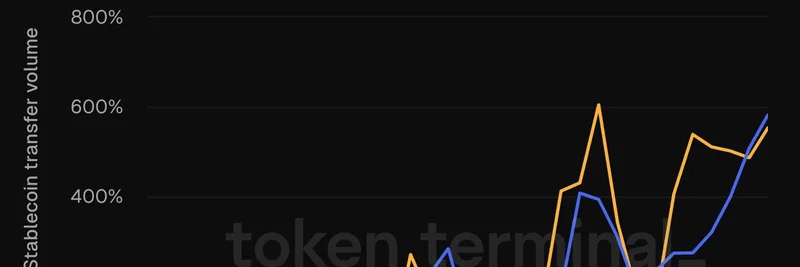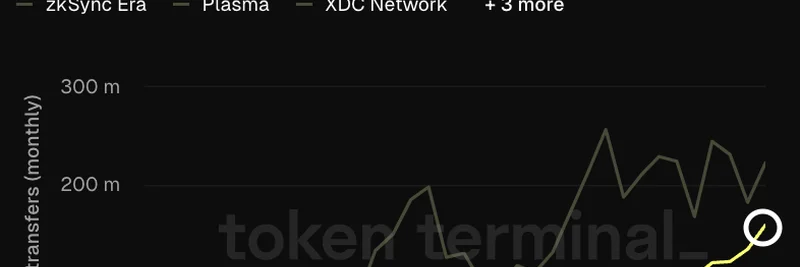What Are Prediction Markets and Why Arbitrage Them?
Prediction markets let you bet on real-world events—like “Will Ethereum hit $5k by December?” or “Who will win the next F1 race?” Each platform has its own crowd, and crowds have biases. That’s where the opportunity lies: different platforms often price the same event differently. @PixOnChain shared a detailed playbook on X about how they turned this inefficiency into $100k through arbitrage—buying low and selling high across platforms without gambling on the outcome.
Arbitrage means locking in a profit by exploiting price differences. For example, if one site prices “Yes” for an event at 40¢ and another prices “No” at 55¢, you can bet on both outcomes for a guaranteed 5¢ profit, no matter what happens. It’s risk-free if done right, and @PixOnChain’s guide breaks down how to do it step by step.
Step 1: Spotting Inefficiencies in Multi-Outcome Markets
@PixOnChain highlights multi-outcome markets—like “Who wins the UK election?” or “Who gets eliminated next on Love Island?”—as prime targets. More outcomes mean more complexity, which often leads to mispricing. Ideally, all outcomes should add up to 100%, but platforms often have an “overround” (a hidden fee) that pushes the total higher—sometimes to 110%. This inefficiency is your edge.
Here’s how it works: you compare prices for the same event across platforms like Polymarket and Myriad. @PixOnChain shared a real example with the market “Who will be the next Pope?” They found these prices:
- Pietro Parolin: 35.2¢ (Myriad)
- Luis Antonio Tagle: 30¢ (Polymarket)
- Other: 32.7¢ (Myriad)
Total cost: 97.9¢. Since one outcome must win, you’re guaranteed $1 back, locking in a 2.1¢ profit—or a 2.1% risk-free return. That’s arbitrage: you’re not betting on the Pope, you’re betting on platforms disagreeing.
Step 2: Calculate Your APY and Set a Threshold
Not every opportunity is worth your time. @PixOnChain only jumps in if the annualized percentage yield (APY) exceeds 60%. Here’s the formula they use:
APY = (Spread / Days Until Resolution) × 365
In the Pope example, the 2.1% spread resolved in 29 days:
(0.021 / 29) × 365 ≈ 26.4% APY
That’s too low for @PixOnChain—they passed. But if the same spread resolved in 7 days, the APY would jump to over 100%, and they’d take the trade. This focus on APY ensures your capital isn’t tied up for low returns when better opportunities exist.
Step 3: Move Fast and Automate
Prediction market arbitrage is a race against time. Price discrepancies often last minutes, not hours. A rumor might cause one platform to update while another lags—that lag is your window. @PixOnChain started by manually refreshing tabs across seven platforms, using price alerts on Discord, Telegram, and X. But they recommend automation to catch these fleeting spreads. Their best catch was an 18% spread with good liquidity, but you need funds ready on each platform and a clear understanding of fees to make it work.
Step 4: Exit Early for Better Returns
You don’t have to wait for the event to resolve. @PixOnChain often exits early to boost their APY. If you buy all outcomes for 94¢ (locking in a 6¢ spread), you can sell them later for 98¢ or 99¢ if the market tightens. This only works if all outcomes hold value—if one spikes and others crash, you’re stuck. By watching the whole basket and exiting when the combined value rises, you can rotate capital faster and chase higher APYs.
Bonus Tips for Success
@PixOnChain shared some extra strategies:
- Look for overlapping events (e.g., “Trump wins 2024” vs. “Republicans win”)—these often hide arbitrage opportunities.
- Target smaller markets with less competition for bigger spreads.
- Use less popular platforms for better edges and potential airdrops.
- Always read resolution criteria—a single word can change the outcome.
- Triple-check order books, prices, and fees to avoid mistakes.
Challenges and Community Insights
The thread sparked discussion. @S4mmyEth noted liquidity issues on platforms like Polymarket and Predict, where deeper markets were more efficient, making quick profits harder (X reply). @PixOnChain suggested focusing on overlapping events for better liquidity. @Hantao asked about fees, and @PixOnChain clarified that platforms like Polymarket don’t charge fees, though you should always factor them in (X reply).
Why This Matters
Prediction markets are growing, especially with blockchain-based platforms like Polymarket using smart contracts for trustless payouts. A study on political prediction markets like PredictIt and Iowa Electronic Markets found chronic mispricing, especially on PredictIt, due to fees and contract limits—backing up @PixOnChain’s strategy. Arbitrage isn’t just a quick buck; it’s a way to exploit inefficiencies while markets mature.
It took @PixOnChain 2.5 months to hit $100k, with some weeks quiet and others packed. More volatility means more spreads, so patience is key. If you’re intrigued, follow @PixOnChain on X for more insights, and start exploring prediction markets yourself. Just keep clicking—there’s always another broken market to find.




